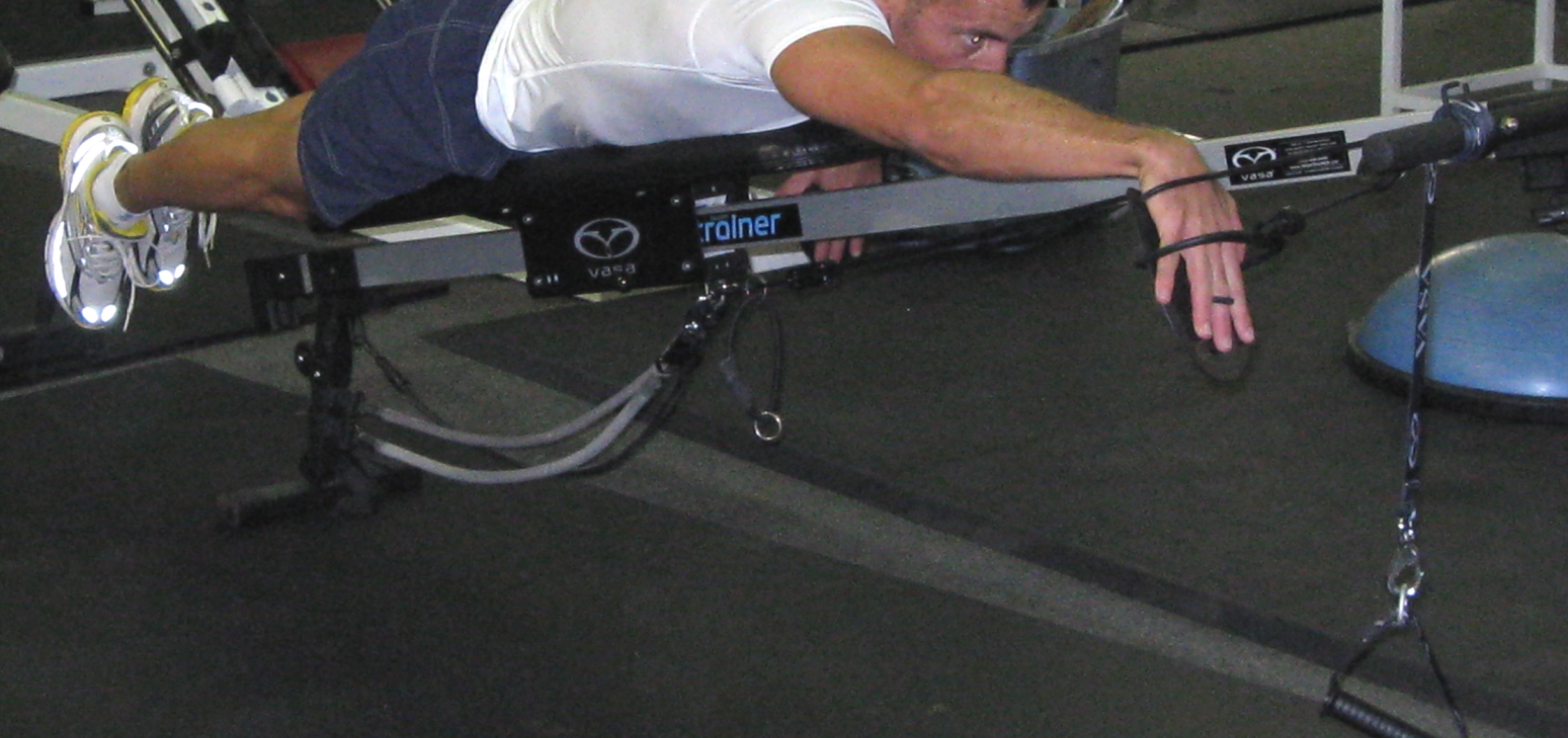Ironman, Catabolic Workouts, and Masters Male Body Fat Gain
Posted by Matt Russ on 10th Sep 2018
 Completing or competing in an Ironman on the masters level is an even greater accomplishment in that the body does not react or recover from exercise like it did in an athlete's 20's or 30's. Injury risk is higher, DNF rates are higher, and the body does not naturally produce as much of the performance enhancing hormones. When compared to other types of workouts, ultra endurance training is much more catabolic meaning the body actually breaks down and looses lean tissue. Some of this muscle loss will be predicated on genetics, body type, nutrition, and training volume. Some of this muscle loss may actually be beneficial in that muscle is heavy and if it is not helping you swim/bike/run, it is heat producing ballast. This is why larger, endomorphic body types have a bigger challenge in hot and humid conditions- they produce more heat and are more likely to overheat. But the challenge for a masters level male occurs when training stops or volume is greatly reduced.
Completing or competing in an Ironman on the masters level is an even greater accomplishment in that the body does not react or recover from exercise like it did in an athlete's 20's or 30's. Injury risk is higher, DNF rates are higher, and the body does not naturally produce as much of the performance enhancing hormones. When compared to other types of workouts, ultra endurance training is much more catabolic meaning the body actually breaks down and looses lean tissue. Some of this muscle loss will be predicated on genetics, body type, nutrition, and training volume. Some of this muscle loss may actually be beneficial in that muscle is heavy and if it is not helping you swim/bike/run, it is heat producing ballast. This is why larger, endomorphic body types have a bigger challenge in hot and humid conditions- they produce more heat and are more likely to overheat. But the challenge for a masters level male occurs when training stops or volume is greatly reduced.
For most masters males, or any male, Ironman peaking volume cannot be sustained. There must be transition phases to allow the body to recover (very low volume) as well as prevent mental burnout. But now you have an athlete that has drastically cut their activity factor and may have also stripped a fair amount of metabolically active muscle. A common estimate is that a pound of muscle burns about 50 calories per day, but that is a moving target. Using that estimate with even a modest lean tissue loss of 5 pounds would mean an athlete would burn at rest a half pound less per week of calories. The double whammy for masters males is that a male over 40 generally loses about 1% of their lean tissue per year. This is why strength training becomes so important as you age- it maintains or retards this muscle loss and helps ward off body fat gain. If you want to fight the aging process the last thing you want to do is strip muscle! Masters males may find themselves with a boomerang gain in body fat due to drastically decreased activity and muscle loss, especially if diet is not modified.
There is no perfect solution for this as a proper Ironman training plan requires a high level of endurance volume just to complete a race, and finding the time and energy to strength training is very difficult. But post transition, as sport specific volume drops, is an excellent time to incorporate strength training. This means post transition though which should be at least 3-6 weeks post Ironman after the body has had time to recover.
The more targeted and sport specific strength training is, the more it will enhance your next Ironman. I highly recommend getting with an athletic trainer that understands endurance sports, not body building! Because of the repetitive nature of ultra endurance training muscle imbalances are created, injuries are compensated for, and connective tissue weakens. The body is not designed to spin a bicycle crank in a crouched position for hours at a time. These overuse injuries and imbalances often catch up with an athlete over time and eventually have to be addressed if they want to continue. It is also important to note that if you have been training for a number of years you will probably not be able to pull that much more performance out of your cardio respiratory system. To a large extent you can rest on maintaining what you have built. But you can increase performance by becoming a stronger and more powerful masters level athlete. As sport specific volume comes back up you can taper your strength training to a maintenance level in just 2-3 short sessions per week, which you will likely drop in a peaking phase.
Having an annual Ironman training plan that outlines not just your races and volume but your strength phases may be just what you need to prevent stagnation, with the added benefit of preventing injury. You have to train a lot smarter on the masters level because you can not train as hard as you used to.


